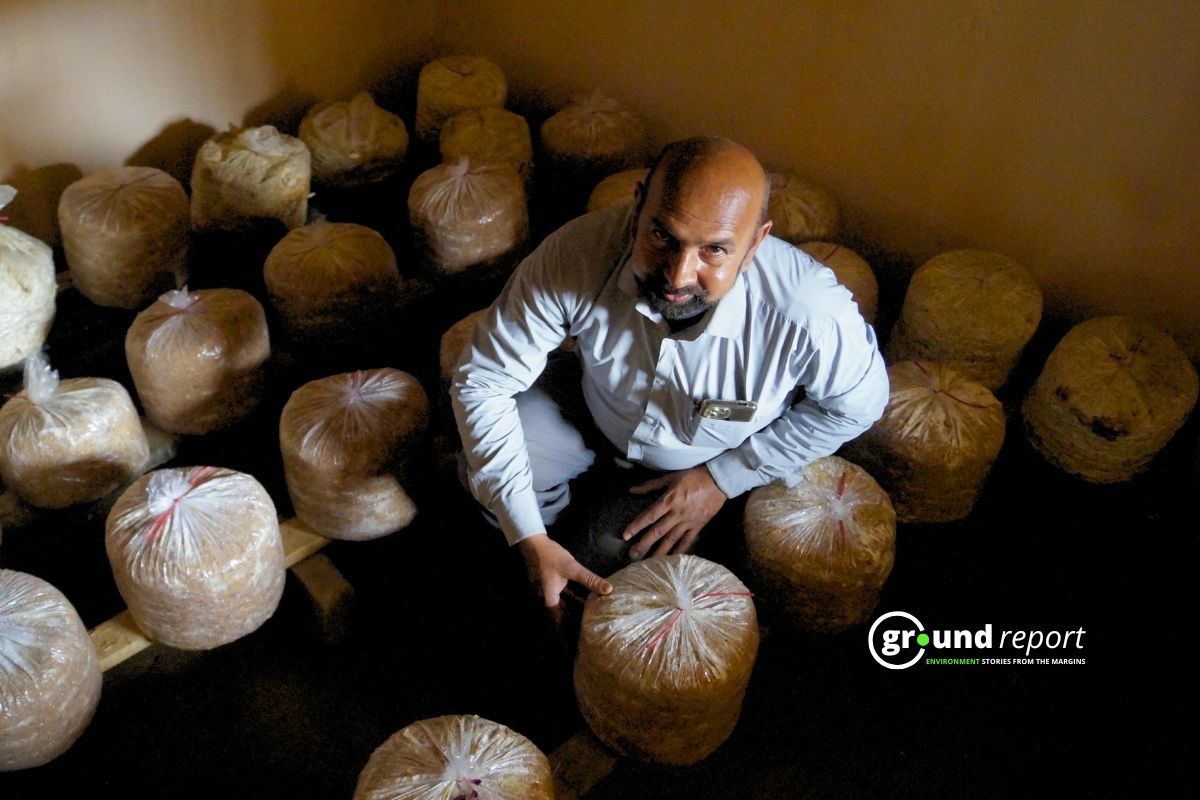River flows worldwide hit record lows last year due to heat, threatening water supplies amid rising global demand, according to a United Nations’ World Meteorological Organization (WMO) report. The State of Global Water Resources report highlights concerns about water availability for communities, agriculture, and ecosystems in an unstable climate.
Global rivers hit record lows
The report highlights a worrying global water crisis, noting below-normal river flows and reservoir inflows for five consecutive years. These conditions have left many areas facing severe water shortages, compounding climate change effects.
The past five years have seen consistent below-normal conditions in rivers and reservoirs worldwide, according to the WMO report. This decline in water availability is straining communities dependent on rivers for drinking water, farming, and ecosystems. As temperatures rise, the water crisis is expected to worsen, with the report highlighting 2023 as a year of significant challenges.
In 2023, global temperatures reached record highs, with elevated heat causing prolonged droughts and extreme hydrological events, including floods. The transition from La Nia to El Nio in mid-2023 contributed to these extremes, but human-caused climate change worsened them.
The report reveals accelerated glacier melting worldwide. In 2023, glaciers lost the most mass in 50 years, marking the second consecutive year of ice loss across all regions. This threatens water security for millions dependent on glacier-fed rivers and contributes to rising sea levels.
WMO Secretary-General Celeste Saulo emphasized the situation’s gravity, “Water is the canary in the coal mine of climate change. We receive distress signals from extreme rainfall, floods, and droughts, impacting lives, ecosystems, and economies. Melting ice and glaciers threaten long-term water security for millions. Yet we are not taking urgent action.”
Water crisis signals climate danger
The report stresses that as global temperatures rise, the hydrological cycle is becoming more erratic. Warmer air holds more moisture, leading to heavier rainfall in some areas, while others face rapid evaporation and drier soils, exacerbating droughts. The unpredictability of water availability poses significant challenges to water management and disaster preparedness worldwide.
“Rising temperatures have accelerated the hydrological cycle, making it more erratic, and we’re facing growing problems of too much or too little water,” Saulo explained. She added that the world lacks sufficient data to understand freshwater resources, hindering efforts to manage and mitigate water-related crises.
The State of Global Water Resources report calls for urgent improvements in monitoring, data-sharing, and cross-border collaboration to address growing water challenges. It aligns with the global “Early Warnings for All” initiative, aiming to improve water-related hazard monitoring, forecasting, and early warning systems by 2027.
Currently, 3.6 billion people lack adequate water access for at least one month annually, projected to rise to over 5 billion by 2050, according to the UN. The world is far from achieving Sustainable Development Goal 6 for clean water and sanitation for all.
2023 saw droughts, floods hit Africa
In 2023, droughts and floods struck, with some regions facing both extremes. Africa was hard hit, with Libya suffering a catastrophic flood in September 2023 that led to the collapse of two dams, claiming over 11,000 lives and affecting 22% of the population. Floods also impacted the Greater Horn of Africa, the Democratic Republic of the Congo, Rwanda, Mozambique, and Malawi.
In the Americas, drought-affected areas of the Southern USA, Central America, and South America. In Argentina, the drought caused a 3% GDP loss and record low water levels in the Amazon and Lake Titicaca. Similarly, river discharges in Asia and Oceania, including the Ganges, Brahmaputra, and Mekong basins, were significantly below normal.
Meanwhile, East Africa and parts of Northern Europe, including the UK and Ireland, saw above-normal river discharge, reflecting the complex and contradictory impacts of climate change on global water systems.
The report highlights that reservoir inflows have declined alongside river discharges, particularly in India, the Americas, and parts of Australia. This reduction is affecting water storage and availability, with many regions struggling to meet growing water demand.
In contrast, some basins like the Amazon and Parana had high reservoir storage despite lower river discharge, illustrating the influence of regional water management.
Groundwater rose in some, fell elsewhere
Groundwater levels changed notably, with South Africa, India, Ireland, and Australia recording above-normal levels due to increased rainfall. However, North America and Europe experienced significant depletion due to prolonged drought. In Chile and Jordan, long-term overabstraction compounded the problem of declining groundwater availability.
Soil moisture levels were mostly below normal across North America, South America, North Africa, and the Middle East, intensifying drought impacts on agriculture and ecosystems.
Support us to keep independent environmental journalism alive in India.
Follow Ground Report on X, Instagram and Facebook for environmental and underreported stories from the margins. Give us feedback on our email id greport2018@gmail.com.
Don’t forget to Subscribe to our weekly newsletter, Join our community on WhatsApp, Follow our Youtube Channel for video stories.
Keep Reading
Gujarat: 38 Animals, birds die at Statue of Unity complex in 2 years
18 billion animals sacrificed yearly without making it onto someone’s plate: Study
Living planet report: Global populations of wild animals declined 69% in 50 years






